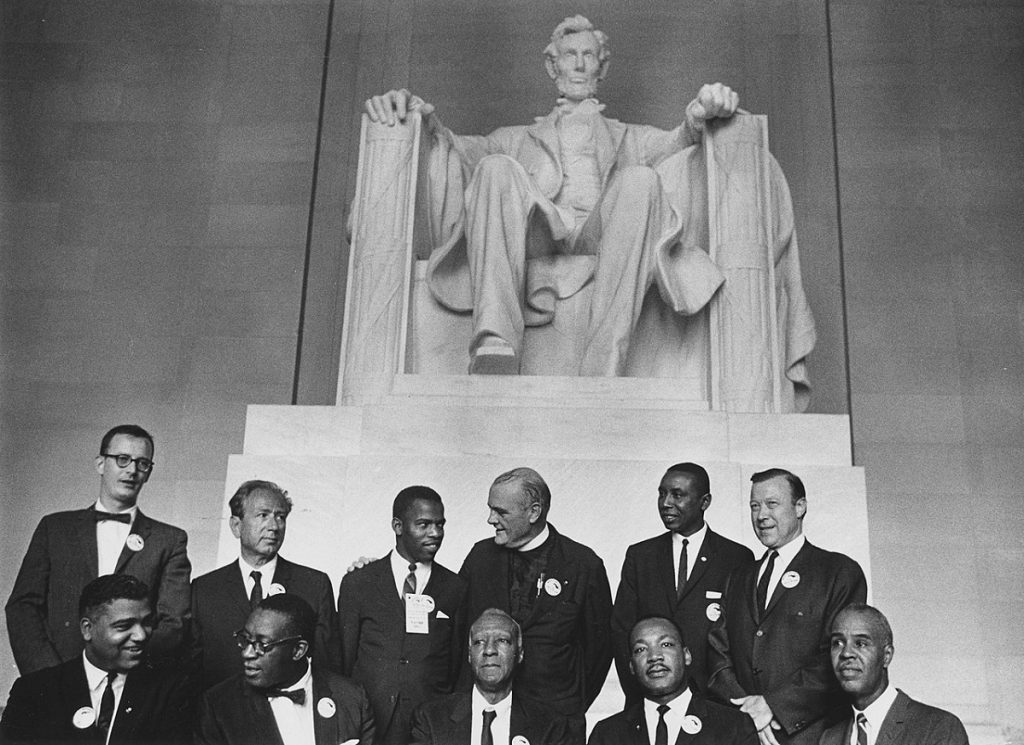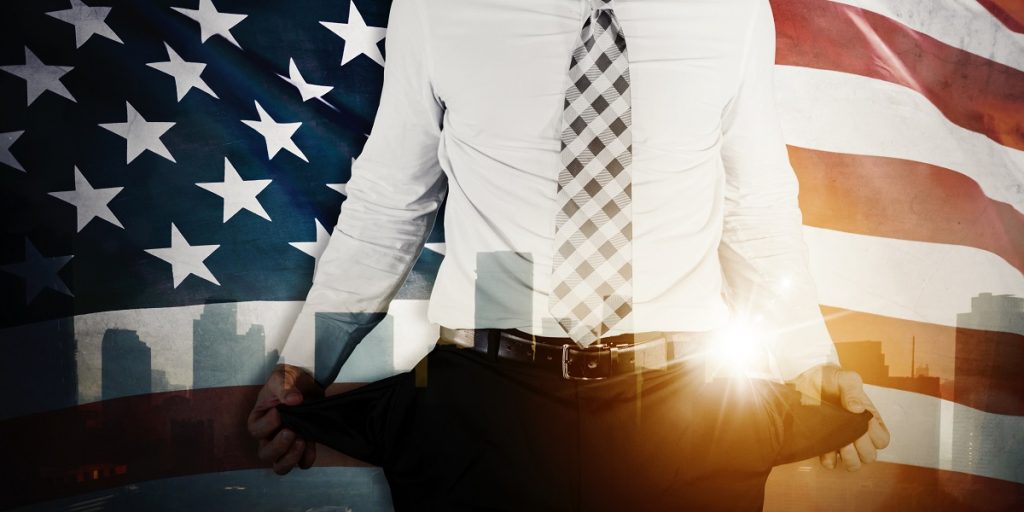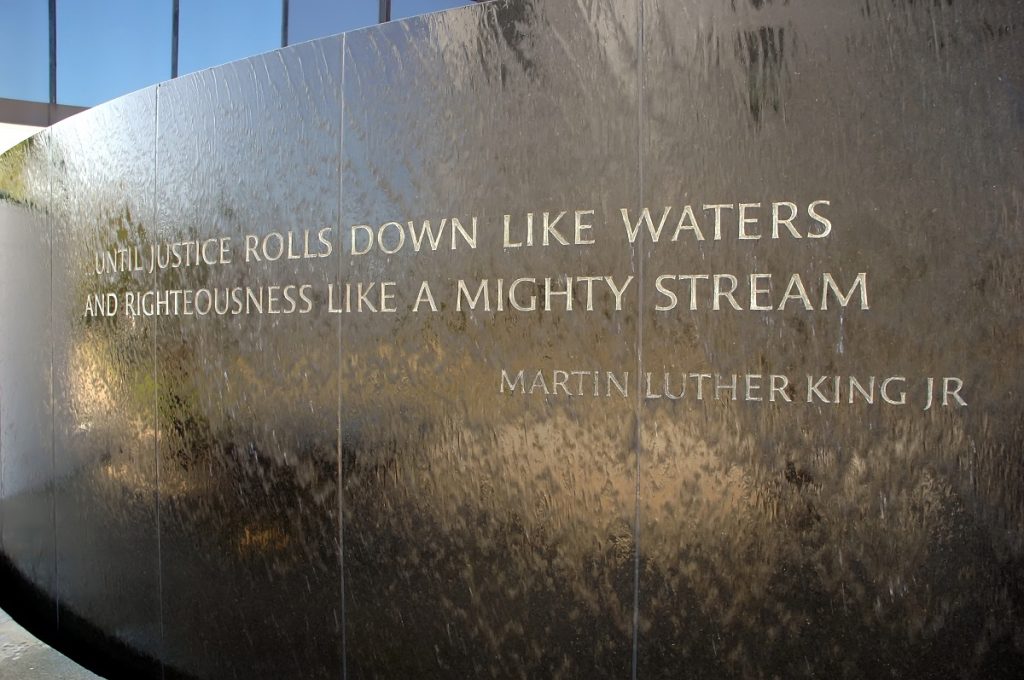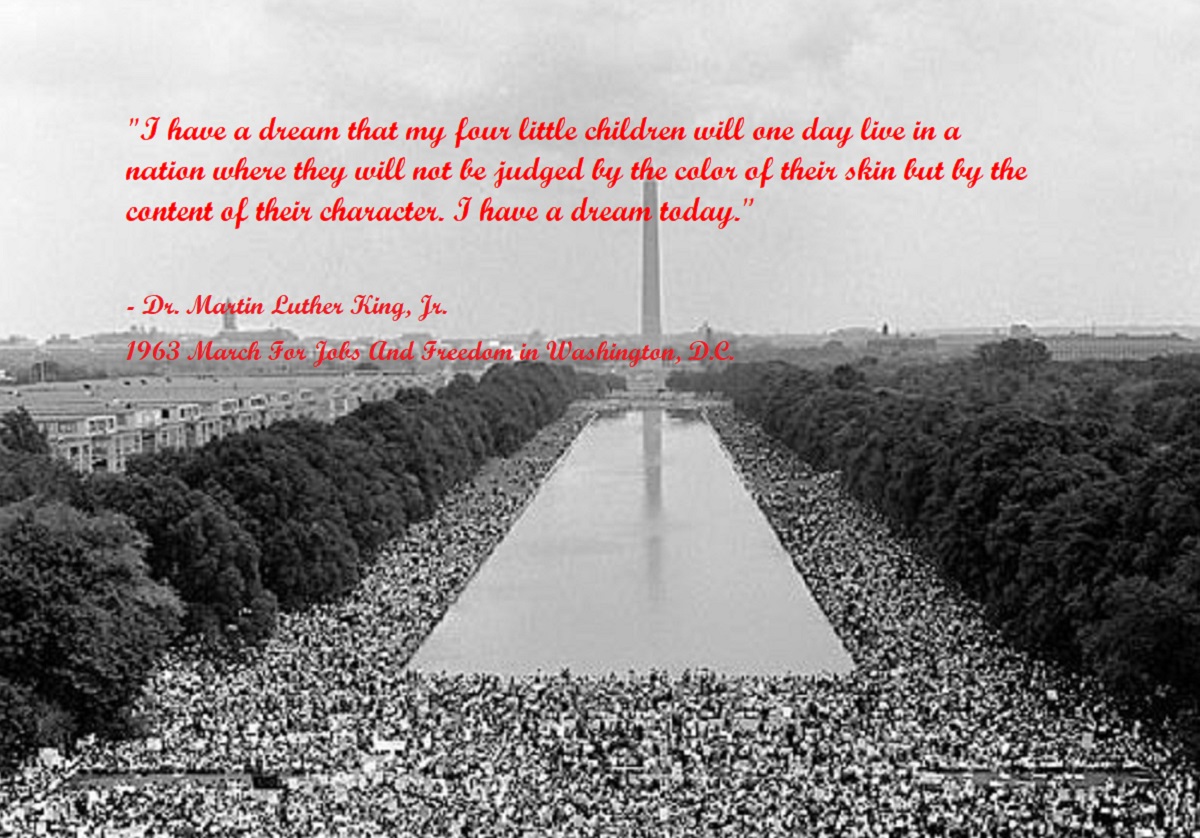Martin Luther King, Jr. gave his famous I Have A Dream speech in 1963 at the 1963 March For Jobs And Freedom in Washington, D.C. The historic speech aided the Civil Rights Movement. As a piece of speech writing, it is usually classified as the ultimate persuasive speech that contains many historical references and literary and rhetorical techniques.
Many people have dreams that find their way into speeches, but Dr. Martin Luther King, a Baptist preacher from Georgia, dreamed the most well-known one. Anyone who hears the words “I Have a Dream” will recognize them from the pivotal speech by Dr. Martin Luther King Jr. in 1963.
Dr. Martin Luther King Jr. was a Nobel Peace Prize recipient and arguably one the most consequential civil rights leaders in American history. His words and actions were so vital to change that we now recognize his contributions every January by observing a national holiday in his honor – MLK Jr. Day on the third Mondy in January each year.
When Did Martin Luther King Give His “I Have A Dream Speech”?
On August 28, 1963, during the March on Washington for Jobs and Freedom, Dr. Martin Luther King Jr. spoke of his dream for America in one of the most iconic speeches in American history.
The March on Washington for Jobs and Freedom was organized in an effort to push for civil rights legislation and end racial discrimination. During this march, King delivered his speech on the steps of the Lincoln Memorial in front of 250,000 people.
King’s powerful “I Have A Dream” speech instantly became one of the defining moments in the Civil rights movement and helped galvanize support for the passage of the Civil Rights Act of 1964.
He spoke of a day when people were judged not by their skin color but by the content of their character and abilities. To this day, King’s words inspire people worldwide to strive for a more just and equitable society.

on August 28, 1963
What Type of Speech Was It?
Martin Luther King Jr.’s “I Have A Dream” speech is a shining example of persuasive speech. He skillfully used various rhetorical devices to appeal to his audience and persuade them emotionally and intellectually.
He also used vivid imagery to paint a picture of an America where people were all judged equally for their abilities and character – not their skin color.
His rhetoric was impactful and memorable. In his speech, Dr. King used the rhetorical skills he honed as a black preacher to implore his audience to share his dream and work together to make it a reality. Because of him and this history-making speech, millions nationwide joined the civil rights movement and fought for equal rights under the law.
Although this speech is the most famous use of the concept of dreams, he referenced them in past speeches.
What Are Some Of The Literary And Rhetorical Techniques He Used?
As a civil rights leader Martin Luther King Jr. inspired and united people. As a speaker, he was a master of literary and rhetorical techniques.
He successfully employed several techniques in his speeches and writings, one of the most notable being his use of metaphors. Many used the symbolism of heat to get the point across.
Examples of this can be found throughout his “I Have A Dream Speech.” For instance, he spoke of the “sweltering heat of injustice” and the “cooling waters of freedom,” as well as the “quicksands of racial injustice.” The vivid imagery in these phrases helped paint a memorable picture for his audience and motivated them in their struggle for civil rights.
Among the most powerful and evocative are metaphors like:
- “Sweltering summer”
- “Lonely island of poverty”
- “Stone of hope”
- “Sunlit path of racial justice”
- “Sit down at a table of brotherhood.”
- “Lips dripping with the words of interposition and nullification.”
The metaphor wasn’t his only tool, however. He also frequently used repetition, antithesis, direct address, enumeration, and allusion to reinforce key points within his speeches and drive home his points.
Here are just a few of the techniques he used:
Allusion
King pulls quotes from famous speakers and writers and alludes to the Declaration of Independence and the Constitution to argue that all people are created equal. Our forefathers signed a “promissory note to which every American was to fall heir.”
“Using historical reference adds weight and credibility to his argument and appeals to patriotism as he continues: “‘It is obvious today that America has defaulted on this promissory note insofar as her citizens of color are concerned. Instead of honoring this sacred obligation, America has given the Negro people a bad check, a check which has come back marked ‘insufficient funds.’
“But we refuse to believe that the bank of justice is bankrupt.”
As he claims, he pursues a “dream deeply rooted in the American dream.”

Anaphora
Anaphora means the repetition of a phrase at the beginning of sentences. Dr. King repeated many phrases throughout the speech. Some frequently repeated phrased include:
- I have a dream… (This famous example is used 9 times, with 4 repetitions included in the 6th paragraph )
- One hundred years later…
- We can never be satisfied…
- With this faith…
- Let freedom ring…
- Free at last…
He slo repeated theme words throughout the speech: “freedom” (20 times), “dream” (11), “we” (30), “our” (17), and “justice” (8).
Antithesis
Antithesis refers to the use of contrasting ideas or terms to create a strong effect.
“We will not be satisfied until justice rolls down like waters and righteousness like a mighty stream.”
King uses water that flows gently and then powerfully as a measure of the injustice of segregation and the hope for a better future.
Personification
Personification embues animals and inanimate objects with humanlike characteristics and emotions.
“One hundred years later, the life of the Negro is still sadly crippled by the manacles of segregation and the chains of discrimination.” Dr. King personifies segregation as having manacles and discrimination as having chains.
“One hundred years later, the Negro lives on a lonely island of poverty in the midst of a vast ocean of material prosperity.”
Poverty is personified and trapped on a lonely island. Personifying poverty helped his listeners to understand exactly how segregation and discrimination negatively affected Black Americans. They feel isolated and prevented from being financially free.

Imagery And Symbolism
King evokes imagery and symbol to paint pictures and evoke strong emotions in the hands of his listeners.
His vivid imagery paints a picture in the minds of his listeners while making the speech more emotional. The imagery adds depth to writing through vivid and descriptive language that involves multiple senses and allows them to symbolize something beyond their literal meaning.
- African Americans must climb the “mountain of despair.”
- The Emancipation Proclamation was “a joyous daybreak to end the long night of their captivity.”
- “We’ve come to our nation’s capital to cash a check” to make good on the promises of the Declaration of Independence.
- The March on Washington is to “remind America of the fierce urgency of now.” African Americans cannot enjoy the “luxury of cooling off or to take the tranquilizing drug of gradualism.”
What Does “Dream” Mean?
The word “dream” in Martin Luther King’s “I Have A Dream” speech takes on multiple meanings.
The most basic level dream refers to King’s vision of a world free from racial discrimination, segregation, and oppression. But the use of “dream” goes deeper than just that.
King also uses “dream” as a metaphor for hope. “Dream” suggests a vision that, while still distant, is desirable and achievable. Ultimately, the word “dream” in King’s speech represents the goal of racial justice for African Americans and thereby acts as a call to action.
What Is The Most Famous Line From The I Have A Dream Speech?
MLK’s “I Have A Dream Speech” is embedded in the fabric of American civil rights. It’s given rise to many well-known phrases, and even now, decades after its delivery, this impactful speech is still frequently quoted.
However, determining which line in the speech is most famous is a matter of debate. Many lines are frequently referenced, all with equal notoriety, and several have been merchandised as inspirational products.
The two lines that stand out as best known and most often quoted are,
“I have a dream that one day this nation will rise up and live out the true meaning of its creed: ‘We hold these truths to be self-evident, that all men are created equal.”
and
“And if America is to be a great nation, this must become true. So let freedom ring from the hilltops of New Hampshire. Let freedom ring from the mighty mountains of New York….” After enumerating many regions of the country, he concludes, “From every mountainside, let freedom ring.”
What Are Some Famous I Have A Dream Speech Quotes?
When looking for words of strength and inspiration, there’s no better place to start than Dr. Martin Luther King Jr.’s quotes. Some of the most frequently used quotes have been pulled from King’s “I Have A Dream” speech.

Among the most famous are:
- “I still have a dream. It is a dream deeply rooted in the American dream.”
- “Faith is taking the first step even when you can’t see the whole staircase.”
- Now is the time to make justice a reality for all of God’s children.
- “I have a dream that one day, little black boys and girls will be holding hands with little white boys and girls.”
- “We must accept finite disappointment but never lose infinite hope.”
- “Now is the time to lift our nation from the quicksands of racial injustice to the solid rock of brotherhood.”
- “We will not be satisfied until justice rolls down like waters and righteousness like a mighty stream.”
- Borrowing from a well-known Negro spiritual: “Free at last! Free at last! Thank God Almighty, we are free at last!”

